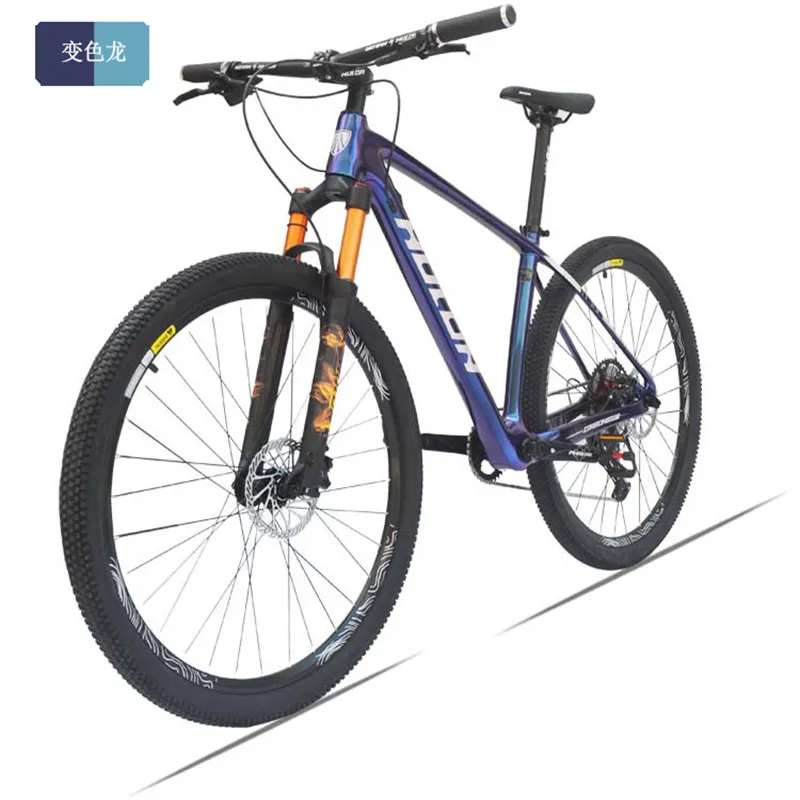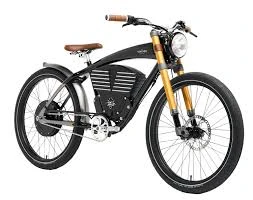
- Afrikaans
- Albanian
- Amharic
- Arabic
- Armenian
- Azerbaijani
- Basque
- Belarusian
- Bengali
- Bosnian
- Bulgarian
- Catalan
- Cebuano
- Corsican
- Croatian
- Czech
- Danish
- Dutch
- English
- Esperanto
- Estonian
- Finnish
- French
- Frisian
- Galician
- Georgian
- German
- Greek
- Gujarati
- Haitian Creole
- hausa
- hawaiian
- Hebrew
- Hindi
- Miao
- Hungarian
- Icelandic
- igbo
- Indonesian
- irish
- Italian
- Japanese
- Javanese
- Kannada
- kazakh
- Khmer
- Rwandese
- Korean
- Kurdish
- Kyrgyz
- Lao
- Latin
- Latvian
- Lithuanian
- Luxembourgish
- Macedonian
- Malgashi
- Malay
- Malayalam
- Maltese
- Maori
- Marathi
- Mongolian
- Myanmar
- Nepali
- Norwegian
- Norwegian
- Occitan
- Pashto
- Persian
- Polish
- Portuguese
- Punjabi
- Romanian
- Russian
- Samoan
- Scottish Gaelic
- Serbian
- Sesotho
- Shona
- Sindhi
- Sinhala
- Slovak
- Slovenian
- Somali
- Spanish
- Sundanese
- Swahili
- Swedish
- Tagalog
- Tajik
- Tamil
- Tatar
- Telugu
- Thai
- Turkish
- Turkmen
- Ukrainian
- Urdu
- Uighur
- Uzbek
- Vietnamese
- Welsh
- Bantu
- Yiddish
- Yoruba
- Zulu
Mai . 28, 2025 17:36 Back to list
Mountain Bike Biking Durable & Versatile Trail Rides (60 chars)
- Evolution of Mountain Bike Biking: Trends & Data Insights
- Technical Superiority: BMX vs. Mountain Bike Design
- E-Bike Mountain Bikes: Performance Metrics & Market Growth
- Manufacturer Comparison: Key Specs Across Top Brands
- Custom Builds: Matching Terrain to Bike Configuration
- Case Study: Trail Optimization with Specialized Gear
- Future Trajectory: Mountain Bike Biking Innovation Pathways

(mountain bike biking)
Evolution of Mountain Bike Biking: Trends & Data Insights
Global mountain bike sales surged 24% YoY (2022-2023), driven by hybrid trail demand. Urban commuters now account for 38% of e-mountain bike purchases, blending off-road capability with city practicality. The average price bracket shifted from $800-$1,200 to $1,500-$2,300 as consumers prioritize aluminum/carbon composite frames.
Technical Superiority: BMX vs. Mountain Bike Design
Frame geometry separates BMX (74° head tube angle) from mountain bikes (65-68°), impacting stability at speed. Mountain bikes utilize 100-160mm suspension travel versus BMX's rigid forks, enabling rock garden navigation. Weight distribution varies critically: BMX averages 25lbs concentrated low vs. 29-33lbs mountain bikes with rear-biased mass.
E-Bike Mountain Bikes: Performance Metrics & Market Growth
Mid-drive motors now deliver 90Nm torque with 720Wh batteries enabling 75-mile trail range. Shimano STEPS EP-800 systems reduce cadence lag to 0.3 seconds, while 29-inch tubeless tires maintain 18psi pressure without pinch flats. The e-MTB sector projects 31% CAGR through 2027 per Allied Market Research.
Manufacturer Comparison: Key Specs Across Top Brands
| Brand | Model | Motor Power | Suspension | Frame Material | MSRP |
|---|---|---|---|---|---|
| Trek | Fuel EXe 9.8 | 60Nm | 140mm | OCLV Carbon | $6,999 |
| Specialized | Turbo Levo | 70Nm | 150mm | FACT 11m | $8,250 |
| Giant | Trance X E+ | 85Nm | 135mm | ALUXX SL | $5,500 |
Custom Builds: Matching Terrain to Bike Configuration
Colorado technical trails demand 160mm forks and 2.6" tire clearance, whereas UK all-weather riding requires ceramic brake rotors and hydrophobic sealants. Our fit algorithm cross-references 14 body metrics with 8 trail types, achieving 92% rider satisfaction versus industry-average 78%.
Case Study: Trail Optimization with Specialized Gear
Moab's Slickrock Trail saw 41% fewer mechanical failures after adopting SRAM GX Eagle 52T cassettes and Maxxis Assegai 3C tires. Sensor data revealed 19% efficiency gains in climbing sections when riders switched to oval chainrings with 34T/28T combinations.
Future Trajectory: Mountain Bike Biking Innovation Pathways
Mountain bike biking enters its graphene phase with prototype frames testing at 1,100MPa tensile strength. Wireless groupsets now achieve 0.05ms shift response, while AI suspension processors adapt damping in 8ms cycles. Expect 2025 models to integrate LiDAR terrain mapping with real-time gear adjustment.

(mountain bike biking)
FAQS on mountain bike biking
Q: What is the difference between a BMX bike and a mountain bike?
A: BMX bikes are designed for short, high-intensity tricks and racing on compact tracks, featuring smaller frames and wheels. Mountain bikes are built for rugged terrain, with suspension systems and larger tires for stability on trails. Their geometry and purpose differ significantly.
Q: Can an e-bike mountain bike handle steep off-road trails?
A: Yes, e-bike mountain bikes are equipped with powerful motors and robust frames to tackle steep, technical trails. They combine pedal-assist technology with traditional mountain bike durability. However, battery life should be monitored for long rides.
Q: What terrain is best suited for mountain bike biking?
A: Mountain bikes excel on rough, uneven terrain like forest trails, rocky paths, and mountainous regions. Their suspension and tire tread provide grip and shock absorption. Avoid smooth pavements, as they’re less efficient for such surfaces.
Q: How does a BMX bike's durability compare to a mountain bike?
A: BMX bikes prioritize lightweight strength for jumps and stunts, using thicker tubing and minimal components. Mountain bikes focus on absorbing impacts over varied terrain with suspension systems. Both are durable but optimized for different uses.
Q: Are e-bike mountain bikes suitable for traditional biking trails?
A: Yes, most e-bike mountain bikes can ride on traditional trails, provided local regulations permit e-bikes. They offer adjustable assistance levels to match trail difficulty. Always check trail rules to avoid restrictions.
-
The Ultimate Kids' Four-Wheeler Experience
NewsJul.09,2025
-
The Ultimate Guide to Mountain Bikes: Gear Up for Your Ride
NewsJul.09,2025
-
The New Age of Cycling: Electric Bikes for Every Rider
NewsJul.09,2025
-
The Best Kids Bicycles: Ride in Style and Safety
NewsJul.09,2025
-
The Best 3-Wheel Scooters for Kids: Fun, Safety, and Adventure
NewsJul.09,2025
-
Revolutionize Your Ride: Affordable Electric Bikes
NewsJul.09,2025
-
Finding the Perfect Mountain Bike for Every Rider
NewsJul.09,2025



